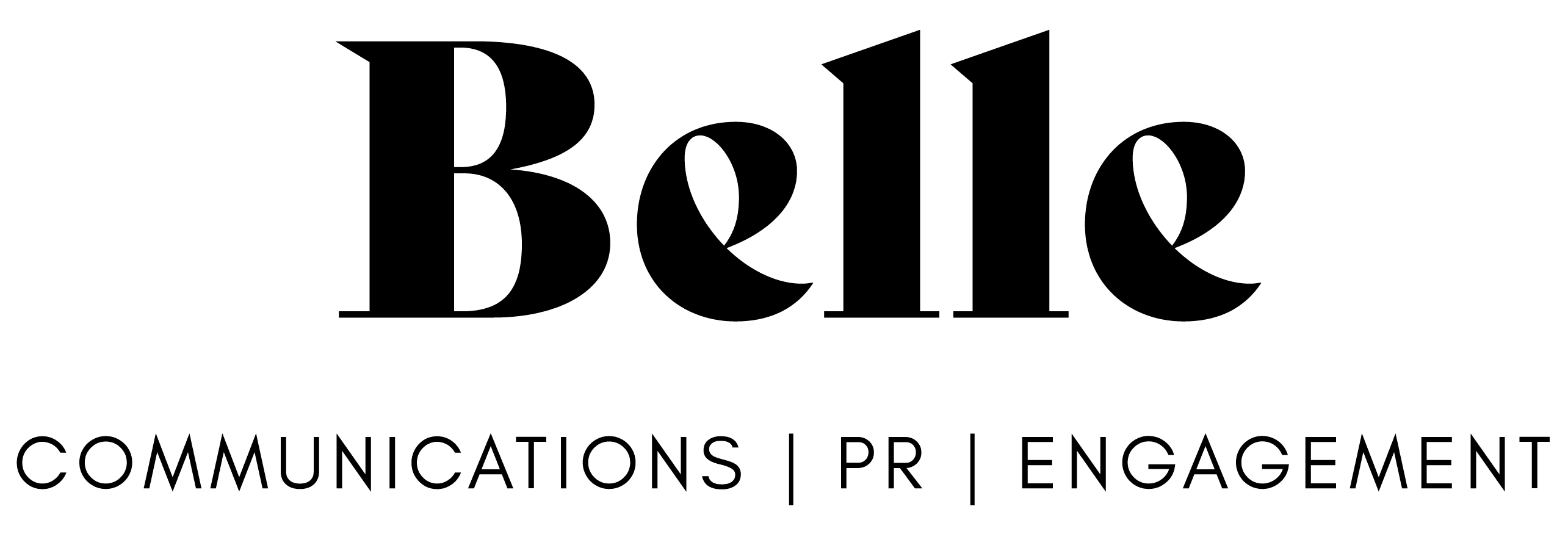I’ve been watching a story unfold over the last week about a high profile organisation.
This story is nothing we haven’t seen in the news before. There are clearly some staffing issues within this organisation which have been brought out in the public forum. Now they’re in crisis mode and local and national media are all over it.
What struck me with this story is the obvious lack of basic media training which made it completely blow up.
So here’s a quick, essential tip. If you’re a spokesperson for an organisation, don’t say this: ‘No comment’.
Here’s why:
- ‘No comment’ instantly creates a perception of guilt and wrongdoing. In this case, it caused a bad perception of the organisation in the media — and perception usually equals reality for news readers.
- ‘No comment’ is a comment. It says you have something to hide.
- ‘No comment’ provides an opportunity for the media to fill in the blanks when you could have used this as a chance to acknowledge the issue, explain the situation, establish credibility, and provide the right course of action.
Pretty great reasons I would say!
What you could say to get yourself out of deep water
Here are just a few examples of what to say instead:
- ‘I don’t have all the information on this issue. You’re best to talk to [company]’s spokesperson who can provide a more accurate picture of what’s happened.’
- ‘We can’t rule anything in or out at this time.’
- ‘We are investigating the issue. Until our investigation is complete, it would be too early to say.’
- ‘I can provide a complete response when I have all information in hand.’
- ‘It’s a bit premature to respond because…’
- ‘For legal reasons (if applicable) we are prohibited from confirming or denying that information.’
- ‘Let’s look at this issue from a broader perspective.’
- ‘Let’s not forget the underlying problem…”
And the best thing to do to prepare to be in the hot seat is to have a crisis communications plan in place. If you're wondering what that might look like, or how to prepare staff to respond to media requests, give me a call.

